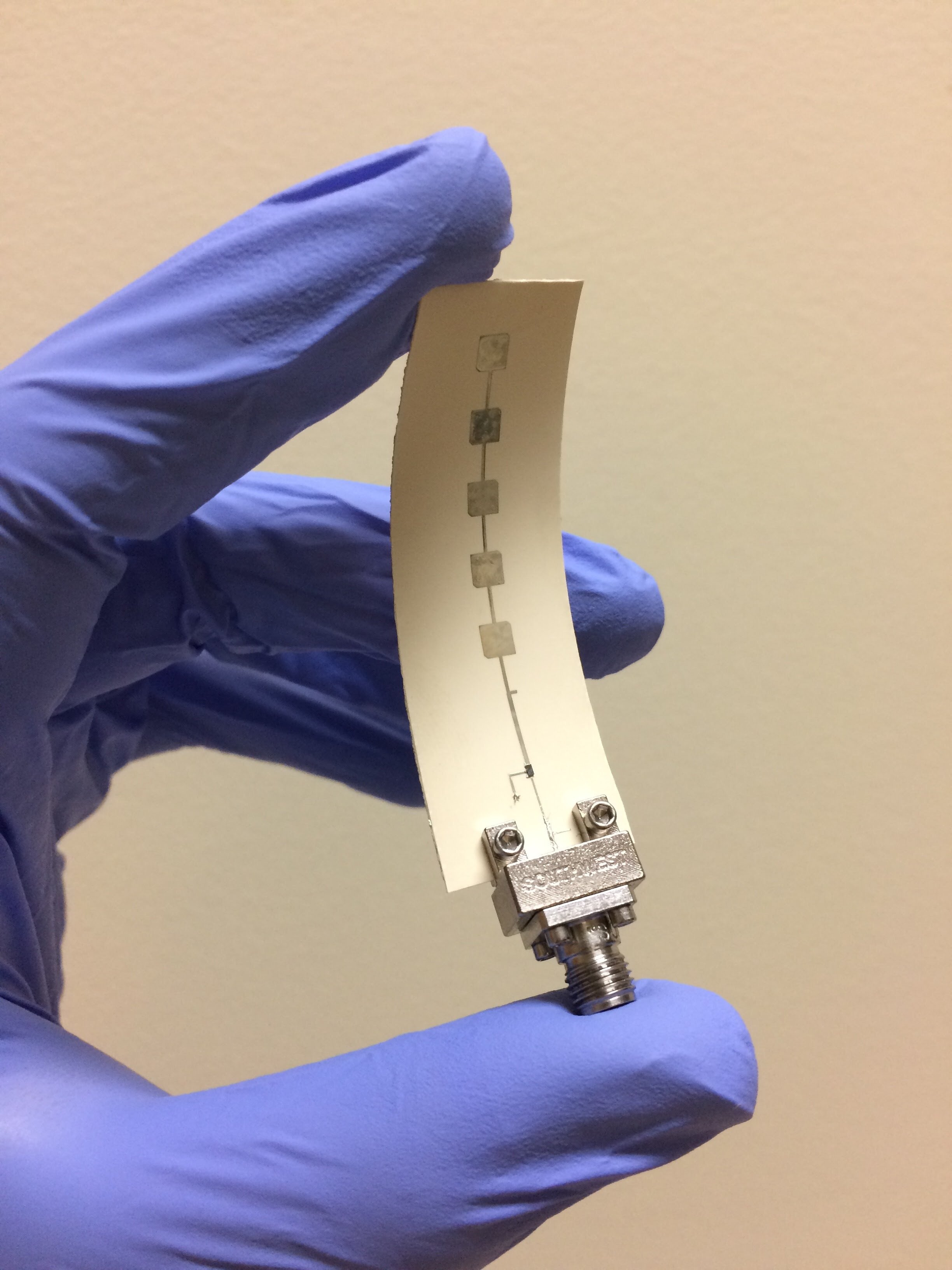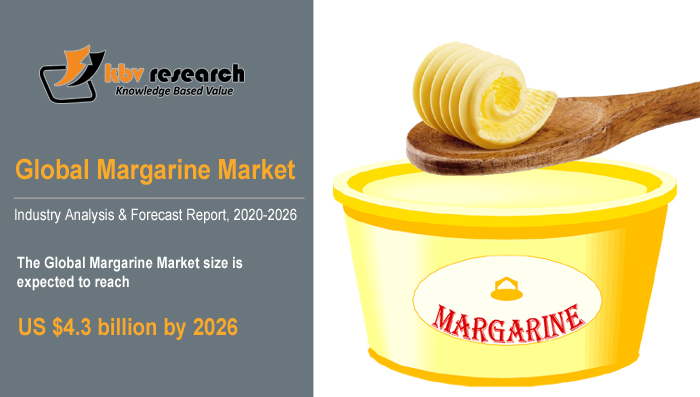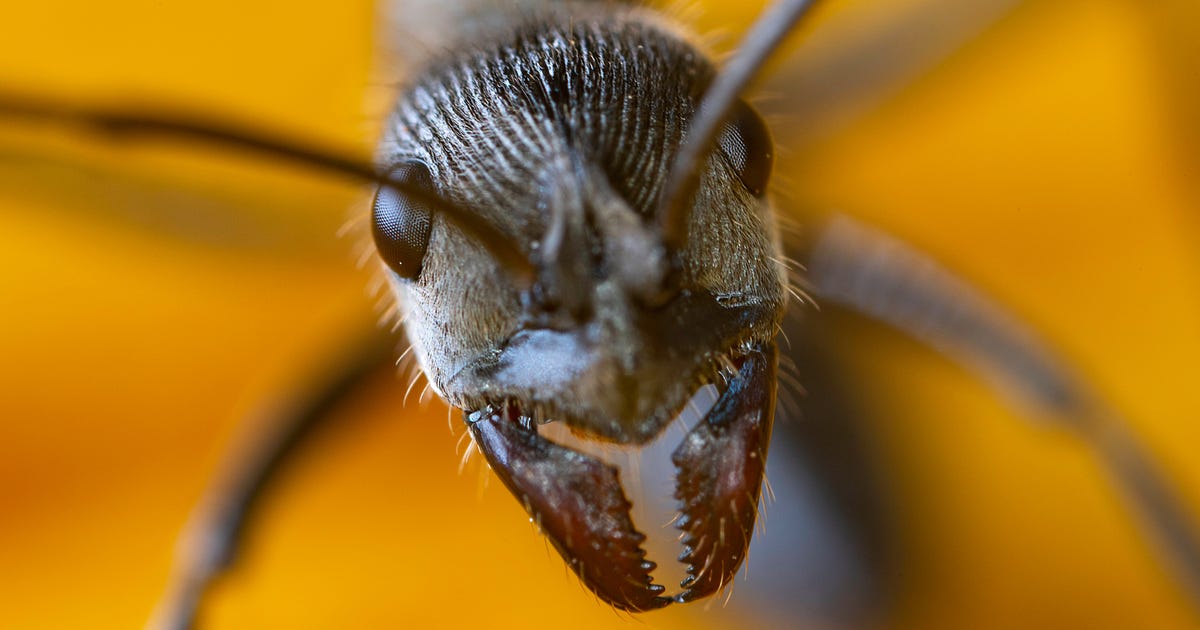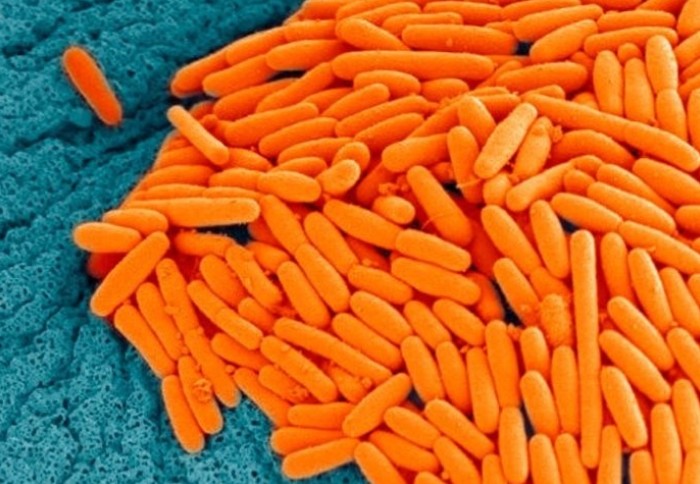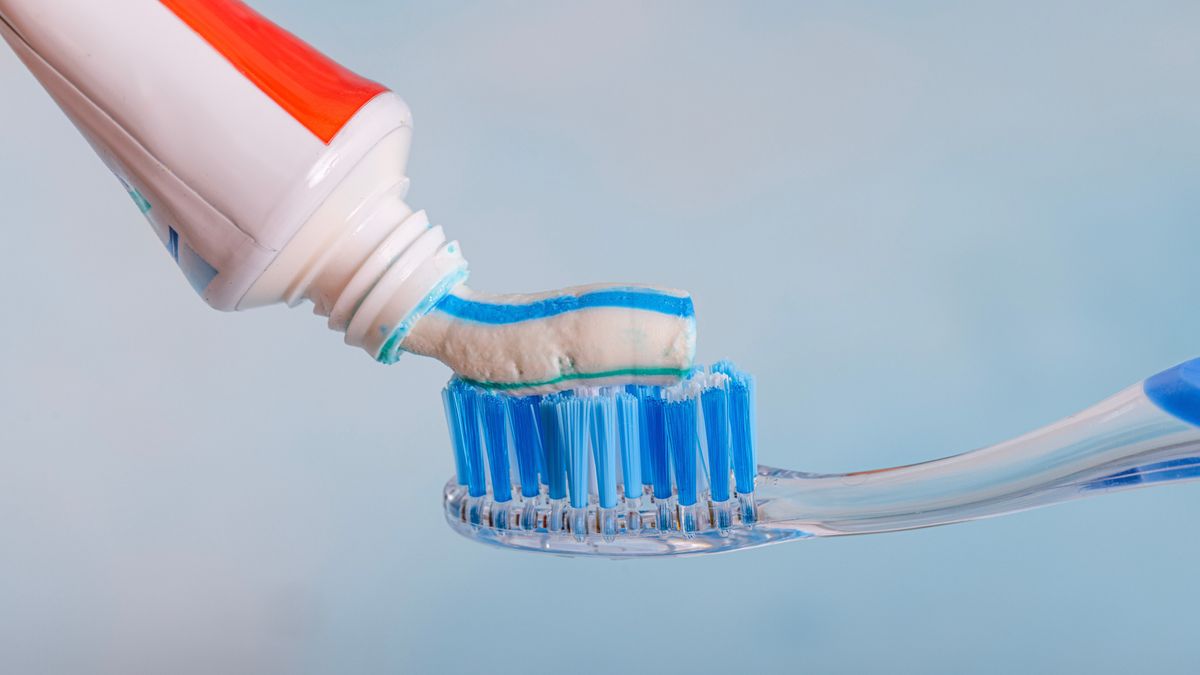
Researchers build a fully edible transistor using tooth-whitening pigments found in toothpaste
Researchers from Italy and Serbia have built a transistor made from copper (II) and phthalocyanine (CuPc), a famous whitening agent used in toothpaste. These materials can also be used as organic semiconductors. According to the researchers (via Advanced Science), aside from being marked safe for human consumption, CuPc remains stable for over a year and could work as an electrolyte-gated transistor operating at less than 1 volt.
We also do not need a massive amount of CuPc to build an edible transistor. According to the research, the average person ingests about 1mg of CuPc while brushing twice daily, 12,500 times more than the 80 nanograms needed to create a single chip.
Developing an edible transistor is crucial for further developing electronic medical devices that can be safely ingested for gastrointestinal (GI) tract testing. We already have capsule endoscopy, which uses a tiny wireless camera the size of a vitamin pill that a patient ingests. It then takes pictures or videos of the digestive tract for diagnostics. However, this procedure requires doctor supervision, and you must still pass it after completing the test. Furthermore, capsule endoscopy has no other sensor except the camera, so it's limited only to visual procedures.
However, with an edible transistor, bioengineers could develop a medical device incorporating sensors for detecting enzyme levels and other bodily chemical functions. And since they're edible devices that pose little to no risk to your health, you could easily take them without needing preparation and doctor oversight. This makes it highly suitable for early diagnosis and monitoring and could even automate future medical treatment.
